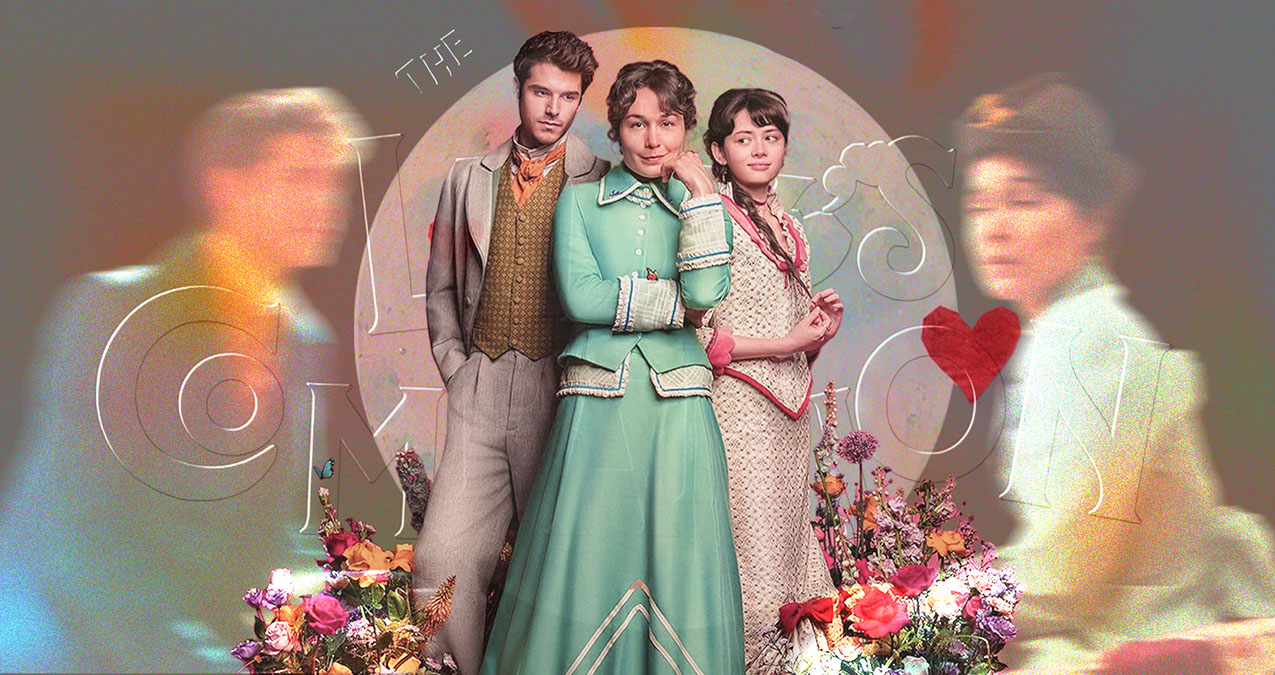
Madrid in Pastel: The Quiet Magic of The Ladies’ Companion
Discover Netflix’s new period drama full of softness, wit, and playful charm.
Have you seen The Ladies’ Companion yet? It’s a new historical series from Netflix that immerses us in the romantic entanglements of 19th-century Spain. Since its release on March 28, it has remained one of the most-watched shows on Netflix to date. With its light humor, intrigue, romance, and rich historical atmosphere, this series is likely to appeal to many — though not to everyone.
Set in Madrid in 1880, The Ladies’ Companion follows Elena Bianda — the city’s most esteemed lady-in-waiting. Known for her flawless reputation and unshakable moral standards, Elena has successfully overseen more than twenty young women through proper courtships and marriages. Her method is simple: firm discipline with families, gentle understanding with the ladies. But everything changes when she is assigned to the Mencía household and tasked with preparing three wildly different sisters for society.
From the calculating and sharp-tongued Inés, to the secretive and troubled Clara, and the free-spirited youngest, Sofía — who prefers climbing trees to learning etiquette — Elena faces her most challenging assignment yet. As family secrets begin to surface and reputations hang by a thread, Elena must confront not only the chaos of the Mencía sisters but also her own past, which threatens to unravel the life she has so carefully built.
With its warm pastel palette, The Ladies’ Companion wraps its 19th-century intrigues in a soft, romantic glow — hinting at a world where emotions run deep, but danger rarely darkens the screen. The story unfolds with an almost fairytale lightness. This tone is reinforced by the stylized, at times theatrical performances, which complement the whimsical yet ironic atmosphere of the show. The soundtrack — predominantly playful instrumental music with occasional Spanish motifs — further enhances the charm.
This atmosphere perfectly mirrors the personality of Elena Bianda: intelligent, witty, ironic, yet still romantic. The narrative is delivered through the character’s monologue, with the camera following her dynamically, frequently shifting perspective and destroying the fourth wall, which creates a deeper connection with Elena.
While moments of drama do emerge, the series leans more toward lightness and playfulness than toward deep introspection or emotional gravity. Subtly, between the lines, it touches on the position of women in a patriarchal society — but The Ladies’ Companion is ultimately a better fit for viewers seeking a vibrant, romanticized escape from everyday life, rather than those looking to confront reality or reflect on it deeply. Thus, this production easily finds its audience — though for some, it may feel too simple or superficial.











